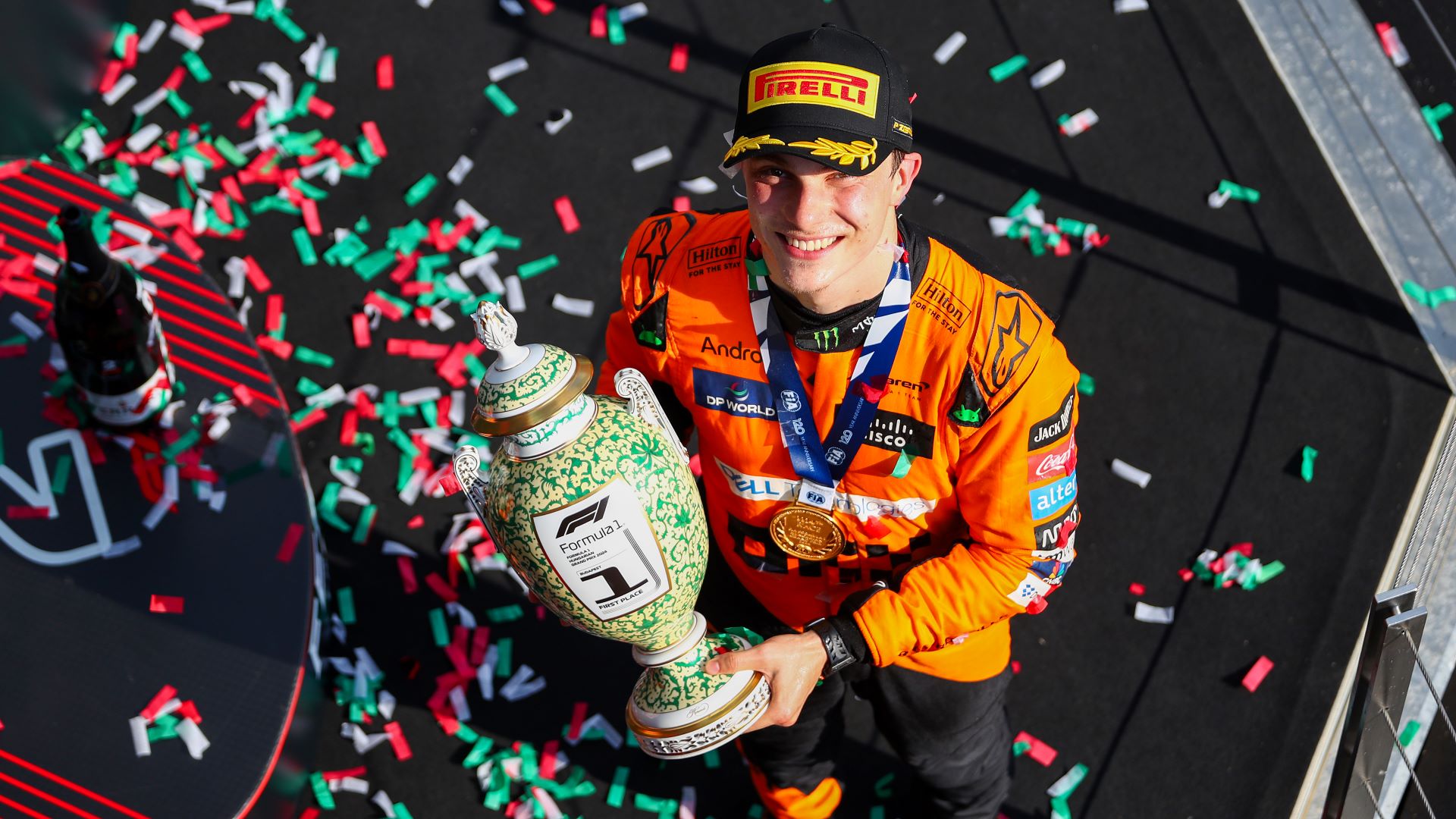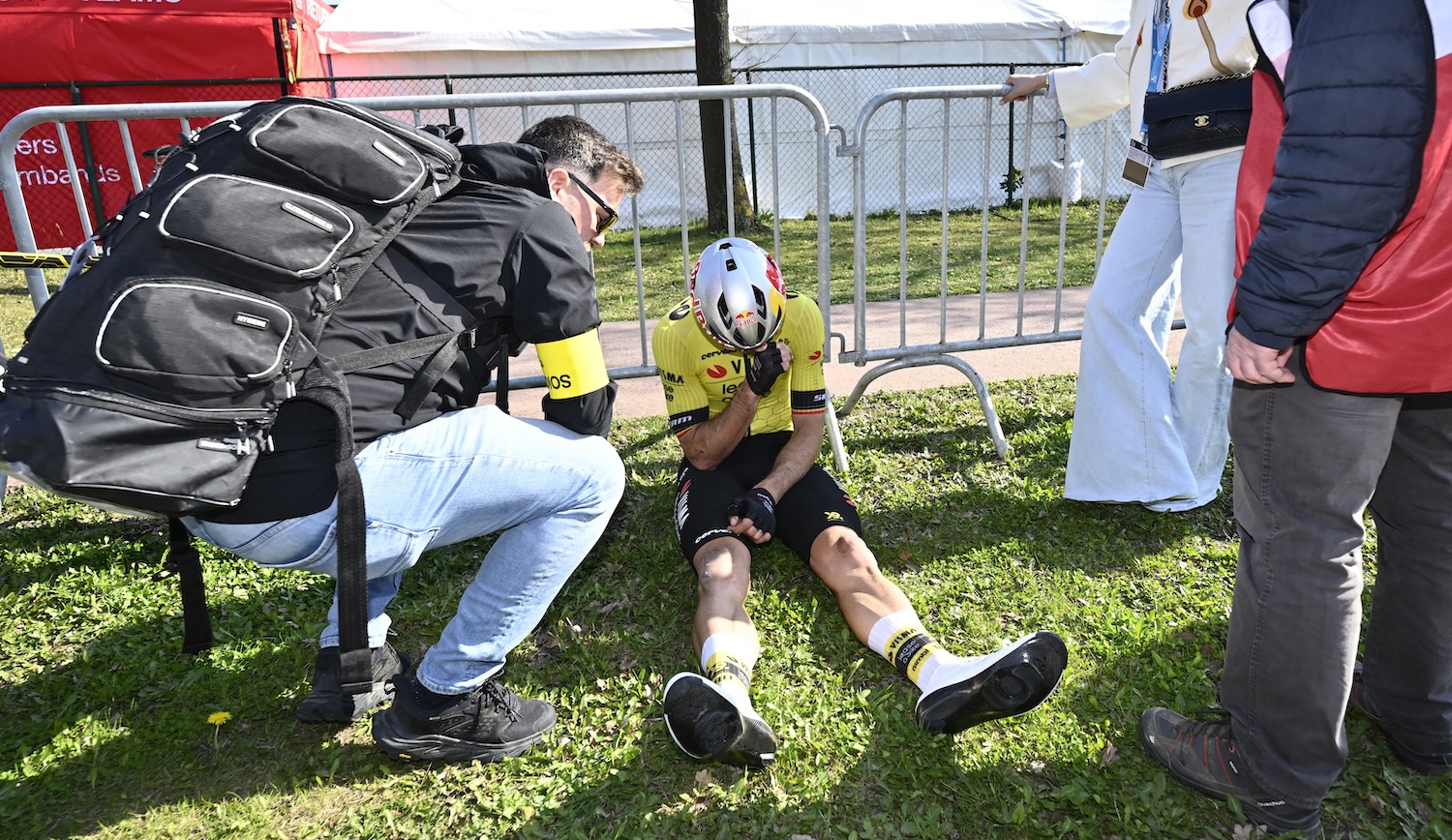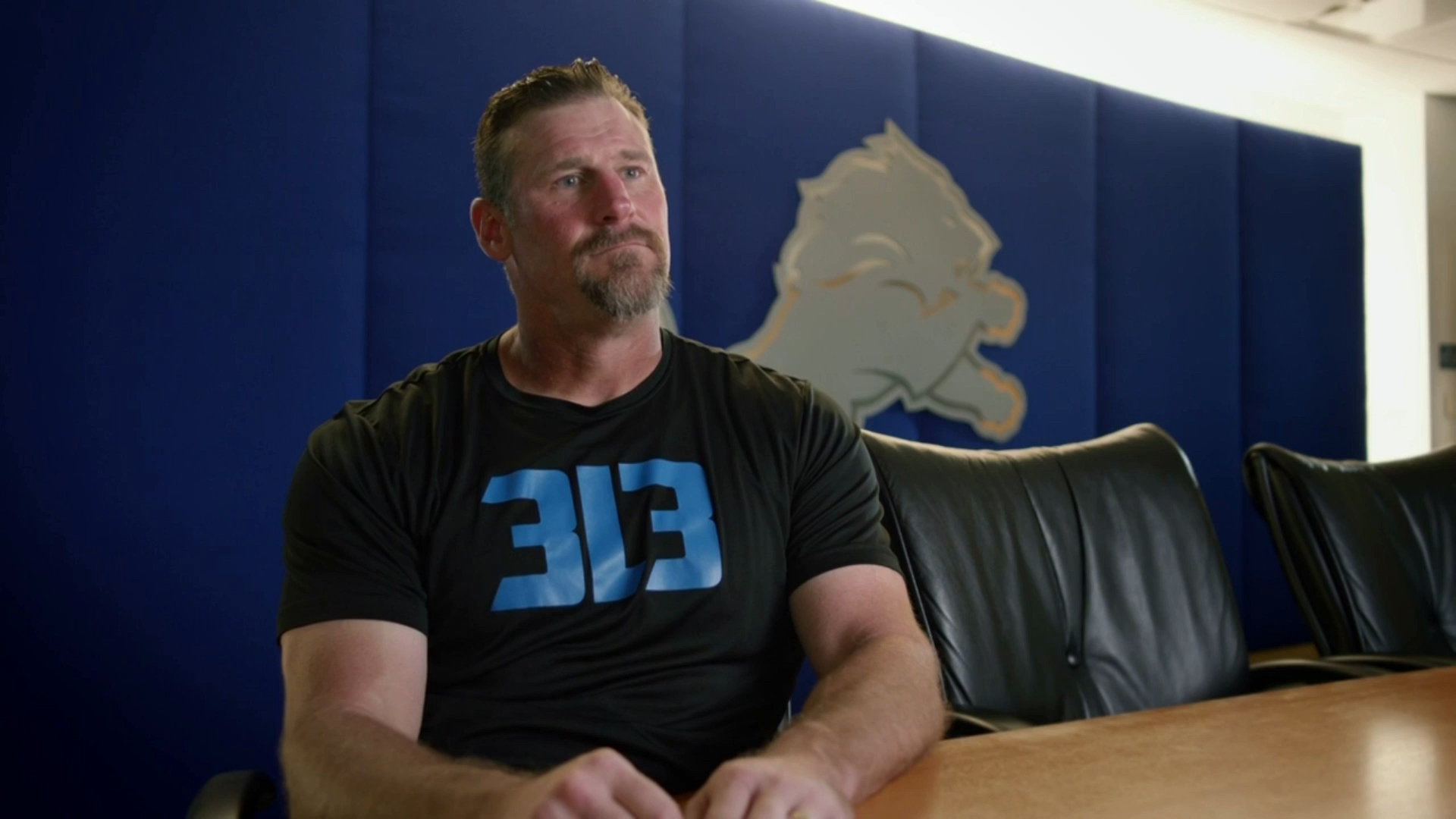It was couples therapy day for drivers and race engineers at the Hungarian Grand Prix. Relatively early on in Sunday's race, Williams driver Alexander Albon provided a very polite example of using an "I" statement to express grievances about his team's strategic direction. "I don't appreciate," he began, and then that was the last we heard from him because the poor guy was running outside of the points, and the championship leaders lost their heads.
First it was Max Verstappen, whose race engineer's troubles began as soon as Verstappen couldn't nail pole position. In the first lap, Verstappen, who started P3, used the run-off area to help make an illegal off-track overtake to pass rival and alleged friend Lando Norris; Norris, who had gotten pole position, notably did not choose to do the same thing to his teammate, Oscar Piastri, who passed him for the lead of the race. The move would've likely netted Verstappen a five-second penalty, and so race engineer Gianpiero Lambiase was forced to tell Verstappen the team's recommendation: "Let this go, and we can talk about it later." Verstappen lodged his complaints but ceded the place.
In the clear air, the McLaren of Norris slowly pulled away. That was another issue. The McLaren car was evidently faster than Verstappen's Red Bull, and Red Bull was left fighting with Mercedes. A less ignominious Mercedes, at this point of the season, but still: Mercedes! It was unclear at which point the Red Bull pit wall realized this fact, but they couldn't miss it on lap 17 of the race, when Mercedes made the call to try and undercut Verstappen. The call was extremely successful in the short term: Hamilton entered the pits around 1.5 seconds behind Verstappen, and by the time Verstappen pit five laps later, Hamilton was over six seconds ahead. In the long term, it was less successful. By lap 35, Verstappen had caught up to Hamilton, but Hamilton managed to keep Verstappen behind for six whole laps—no easy task—until the second pit stop window opened, and he came in for his final set of tires.
No doubt counting the number of laps remaining, Hamilton later expressed regret about the initial pit stop decision. "We stopped too short on that first stint, mate," he told his race engineer Peter Bonnington. But the pit stop had one important consequence: It made Max Verstappen very, very angry.
"It's quite impressive how we let ourselves get undercut, and just completely fuck my race," Verstappen said after Hamilton pit the second time. After Verstappen pit nine laps later, stuck behind Hamilton yet again, Verstappen disobeyed team suggestions and immediately started pushing his tires. We know this, despite not hearing the aforementioned team suggestions, because Lambiase came onto the radio and said sarcastically, "Well, that's some gentle introduction," to which Verstappen responded, "No, mate, don't give me that shit. You guys gave me this shit strategy, OK? I'm trying to rescue what's left."
Albon's "I" statements aside, heated radio messages sent while drivers are getting battened around by g-forces are rarely pleasant, well-worded affairs. But that doesn't make them any easier to listen to. Verstappen has not earned himself the Mad Max moniker because—as David Croft, for some inconceivable reason, suggested from the Sky Sports commentary box—he stayed up playing iRacing; that does a disservice to Verstappen's general state of being. Verstappen, like any other driver, is at his best over the radio when he's not actively fighting wheel-to-wheel, but unlike many other drivers, when he is angry on the radio, he also drives angry.
With fresher, softer tires and some modicum of patience, Verstappen would have inevitably overtaken Hamilton. He only needed to choose his spot wisely. Instead, on lap 63, Verstappen made an ill-judged, uncontrolled dive down the inside. Even the production crew looked caught out by the overtake attempt—the camera stayed locked in bird's-eye view, which captured four plumes of smoke as Verstappen locked up slamming the brakes, but couldn't quite capture how high the rear of Verstappen's car rose after the cars made contact. Somehow, both cars escaped significant damage. Verstappen immediately got on the radio and said, "He moved under braking."
Lambiase is known for his general patience over the radio, but also giving it back when necessary. He did not entertain the comment. "I'm not even going to get into a radio fight with the other teams, Max," Lambiase said. "We'll let the stewards do their thing. It's childish, on the radio. Childish." If Verstappen responded, the broadcast did not show it.
If Red Bull clearly could not manage McLaren's pace, a small consolation for the team is that McLaren couldn't do so either. It was clear very soon into the race that a 1-2 finish was McLaren's to lose. During the second pit stop window, Piastri was holding firm in front of Norris, who was about two seconds behind Piastri and at least five seconds clear of Hamilton. In this case, McLaren had several laps of leeway to work with and their pick of strategy. If they pit Piastri first, he would maintain the lead over Norris; this would be a very defensible decision in the interest of fairness, because Piastri was already ahead. If they pit Norris first, then they would undercut Piastri and put Norris in the lead; this would be a slightly less defensible, but still defensible decision in the interest of the Drivers' Championship hunt.
McLaren made the worst possible decision. The team pit Norris first in an attempt to cover off Hamilton—who was, again, nowhere near the McLarens on pace—and allowed Norris to undercut Piastri. They then waited two laps before pitting Piastri, meaning that Piastri's initial two second lead over Norris turned into a two second gap. The F1 TV commentary crew, somewhat confused, eventually settled on the second justification—McLaren wanted Norris to win the race for the sake of the championship. Just as the F1 TV commentary crew came to this conclusion, the broadcast showed a radio message from Norris's race engineer, Will Joseph: The team actually wanted Norris to give the position back to Piastri.
Let's be very explicit: This made no sense. It was another strategy misstep after Silverstone. At no point in the race was Hamilton a threat for the win. Even if the team wanted to cover off Hamilton, they still had more than enough time to pit Piastri first and Norris after. It was a decision made by an antsy team that hadn't consistently led the pack since Lewis Hamilton was still a McLaren driver. Look at the highly successful Mercedes era, and McLaren's inexperience feels even starker. Mercedes' clear strategy policy—the leading driver always has first strategy pick—did not lead to very much to diversity within their 1-2 finishes because Hamilton was usually ahead, but it also didn't allow for any perception of favoritism. The better driver in any given race got the better strategy. It was the sort of teammate culture that made, to borrow another example from the same track, the 2017 Hungarian GP driver swap entirely painless.
McLaren made the initial error, but Norris didn't make it easier. After being informed that they wanted to swap the positions back around, Norris responded by, well, going radio silent. A little while later, Joseph came back on the radio. "And Lando, radio check, please," he said.
"Yes, loud and clear," Norris said.
"OK, save the tires in turn 4 and turn 11 then, please," Joseph said. Norris did not save the tires in turn 4 and turn 11. He slowly built his lead on Piastri. A little while later, Joseph came back on the radio. "We'll need you to save more tires, please, and we do want to let Oscar through."
"Erm ... then you should've boxed him first then, surely, no?" Norris asked, not entirely incorrectly.
"Doesn't matter."
"I mean, it does," Norris said. "For me, maybe."
Norris did not slow down. Every other lap, Joseph sent messages to Norris that came just short of outright begging and became increasingly difficult to listen to. "I know you'll do the right thing," Joseph said. He plead to the spirit of teamwork and previous conversation: "Just think of every Sunday morning meeting we have." Then, even later: "I've tried to protect you, mate. I promise. I'm trying to protect you."
As Norris has looked more and more like an actual contender, he has slipped out of the goofy-little-guy role that was pushed onto him since he was a rookie. Norris should never have been put in this position, but as soon as Joseph requested a swap from him, his two best options were immediately obeying or channeling the spirit of Multi 21–era Sebastian Vettel and going full scorched earth. The ultimate result—digging his heels in for laps upon laps before eventually giving up the position with three laps to go—was the worst possible outcome that did nothing except make everyone upset. Capping off the moment he let Piastri pass with a short "Yeah, you don't need to say anything," did not help.
On the post-race radio, Piastri—the one innocent in this entire incident—didn't even sound happy that he'd gotten his first-ever win in Formula 1. "Yup. Thank you everyone. Thank you very much. Thanks for the coordination," Piastri said. "Uh. Yeah, sorry, I made the stop a little more painful than it needed to be. But, uh, yeah, thank you, appreciate it."
So Oscar Piastri got his first-ever race win, Lando Norris made up some points in the Drivers' Championship, McLaren got a clean 1-2 finish, and the only truly happy man on the podium was Lewis Hamilton, who became the first driver in F1 history to earn 200 podium finishes. That's a McLaren masterclass right there.






